Enhancing collaboration: Miro vs Canva
With the rise of remote work, many find working from home both productive and enjoyable. However, one key element often missed is the group brainstorming sessions essential for developing and refining ideas.
A virtual whiteboard can bridge this gap, allowing teams to collaborate as effectively as they would in person. Let’s dive into two popular options: Miro and Canva.
Why Use a Virtual Whiteboard?
A virtual whiteboard replicates the traditional experience of writing on a wall-sized board with digital pens, sticky notes, and more. It offers a dynamic way to express ideas, collaborate on designs, and teach new concepts. These tools provide a shared space for thoughts and creativity, making them invaluable for teams working remotely.
Miro: An Overview
Miro is an online collaborative whiteboard platform designed for distributed teams. It supports various devices, including web-based, iPhone, Android, and Windows Phone. Key features include:
Brainstorming: Generate ideas with digital sticky notes.
Collaboration: Work together in real-time with chat and feedback management.
Mind Mapping: Create visual representations of ideas and processes.
Third-Party Integrations: Connect with tools like Slack, Box, and Trello.
Miro is versatile, serving both company-wide tasks and specific departmental needs. It’s ideal for Agile coaches, UX researchers, product managers, and more.
Powerful Features of Miro:
1. Infinite Canvas
A digital page where users can draw, plan strategies, and create designs. It supports freehand drawing with a stylus, shape prediction, and connector lines, making it perfect for UX designers and web developers.
2. Custom Templates
Use themes, palettes, and frames to group content. Integrate Google images directly for visual narratives, user story maps, and mood boards.
3. Screen Sharing Presentations
Present work to colleagues, managers, and clients in real-time. Compatible with multiple devices and browsers.
4. Wireframing
Create design prototypes with over 60 wireframe templates. Aggregate feedback and surveys to build customer personas and product journeys.
5. Mind Mapping
Brainstorm and plan projects visually with tools like customer journey maps and empathy maps.
6. Video Conferencing
Integrates with Zoom and Microsoft Teams for live discussions. Supports up to 25 participants per call.
7. Agile Workflows
Use Kanban boards for virtual stand-ups, retrospectives, and planning discussions.
Miro offers extensive integrations, with over 1,500 available through Zapier. It connects seamlessly with tools like Salesforce, Jira, Trello, Google Drive, Slack, Asana, Dropbox, GitHub, and MS Teams.
Miro Pricing and Packages:
Miro’s pricing may be steep for smaller teams, and some premium features might not always be included. However, the platform’s rich feature set and integrations make it a valuable tool for collaboration and project management.
Canva: An Overview
Canva is primarily known as a graphic design tool, but it also offers robust collaboration features that can be leveraged for project management and team brainstorming. Key features include:
Templates: Thousands of customisable templates for presentations, social media, and more.
Design Tools: User-friendly tools for creating graphics, infographics, and other visual content.
Collaboration: Real-time collaboration on designs and presentations.
Third-Party Integrations: Connects with tools like Google Drive, Dropbox, and social media platforms.
Powerful Features of Canva:
1. Template Library
Access a vast library of templates for various design needs, from marketing materials to presentations. Customise templates to suit your brand and project requirements.
2. Drag-and-Drop Interface
An intuitive drag-and-drop interface makes it easy for anyone to create professional-quality designs without prior design experience.
3. Real-Time Collaboration
Work together on designs with team members in real-time. Add comments, make edits, and see changes instantly.
4. Brand Kit
Maintain brand consistency by using Canva’s Brand Kit, which stores your brand’s logos, colours, and fonts for easy access.
5. Presentation Mode
Present your designs directly from Canva with presentation mode. Share your screen during meetings to walk through slides and visual content.
6. Integration with Stock Libraries
Access millions of images, illustrations, and icons from integrated stock libraries. Enhance your designs with high-quality visuals.
7. Content Planner
Plan and schedule your social media content directly from Canva. Visualise your content calendar and ensure consistent posting.
Canva Pricing and Packages:
Canva offers a free version with basic features, while Canva Pro and Canva for Enterprise provide advanced functionalities and additional resources. The pricing is generally more accessible for smaller teams and individual users.
Conclusion
Both Miro and Canva offer powerful features for remote collaboration, but they serve different primary purposes. Miro excels as a collaborative whiteboard and project management tool, ideal for brainstorming, planning, and real-time teamwork. Canva, on the other hand, shines as a design tool with robust collaboration features, perfect for creating visual content and presentations.
Choosing the right tool depends on your team’s specific needs and existing workflow. Explore both options to see which fits best for your remote collaboration efforts.
We are a fan of whiteboards, especially for learning. Check out how we use them in our training courses with this FREE course code: WSFREEF4
•Just enter the discount code at checkout. No need to enter any card details.•




